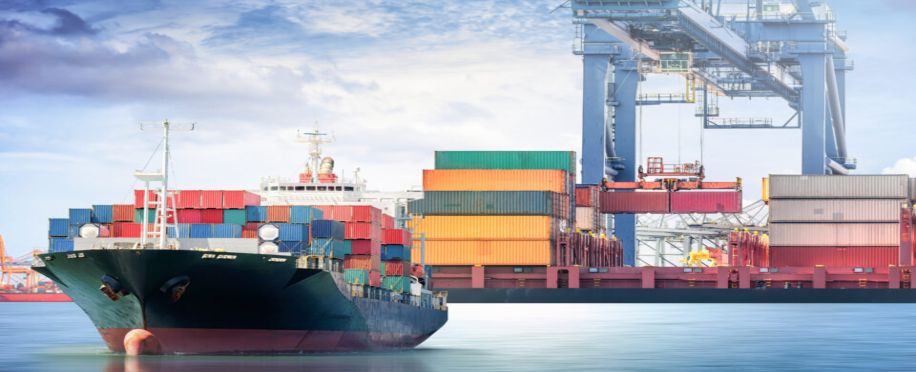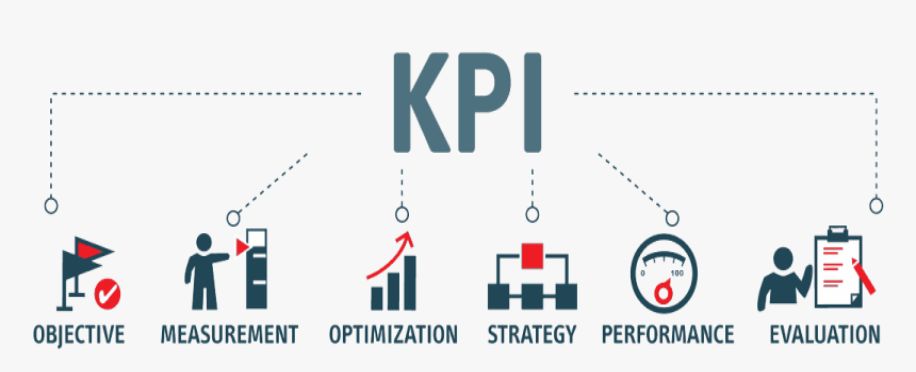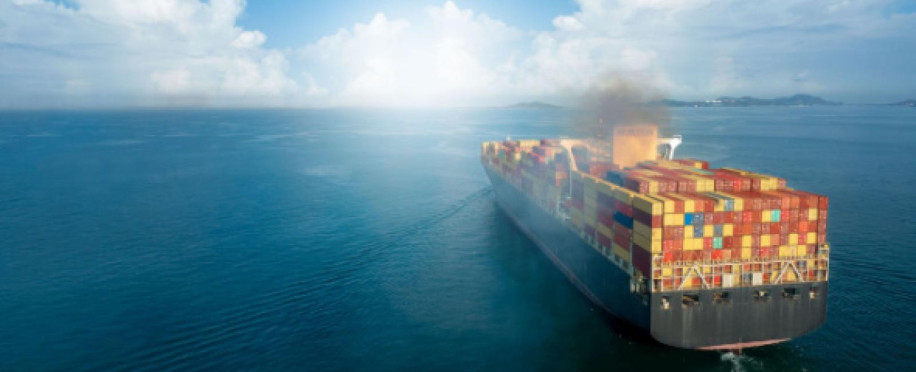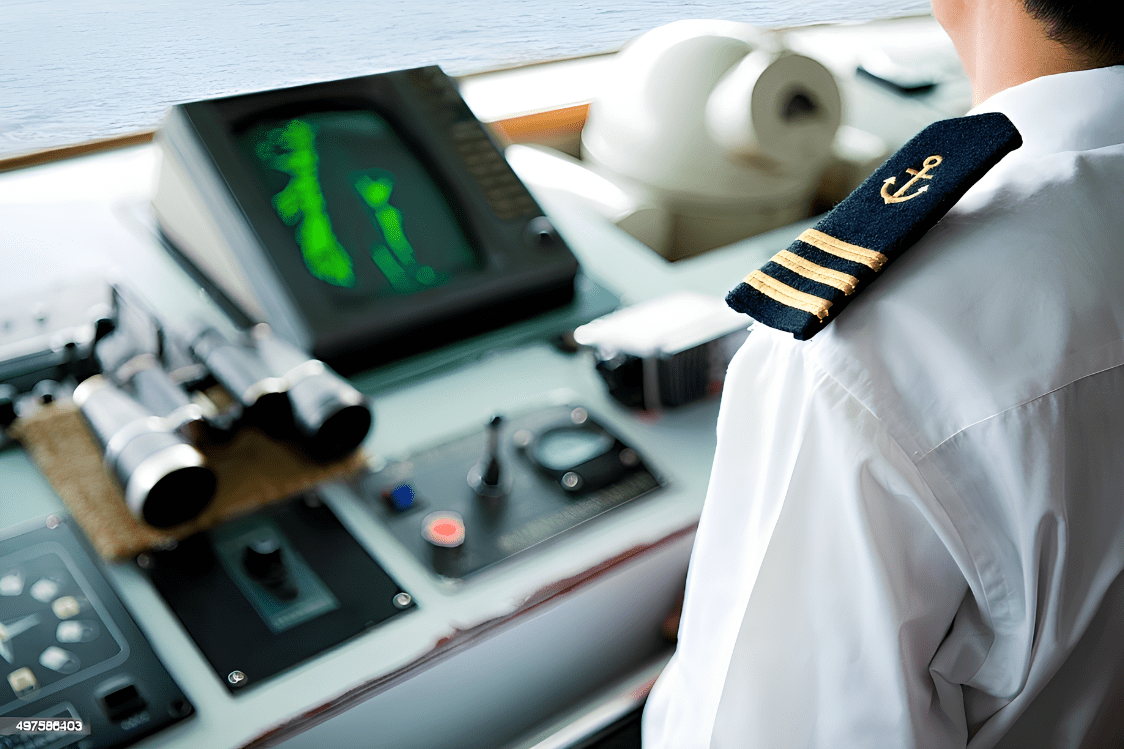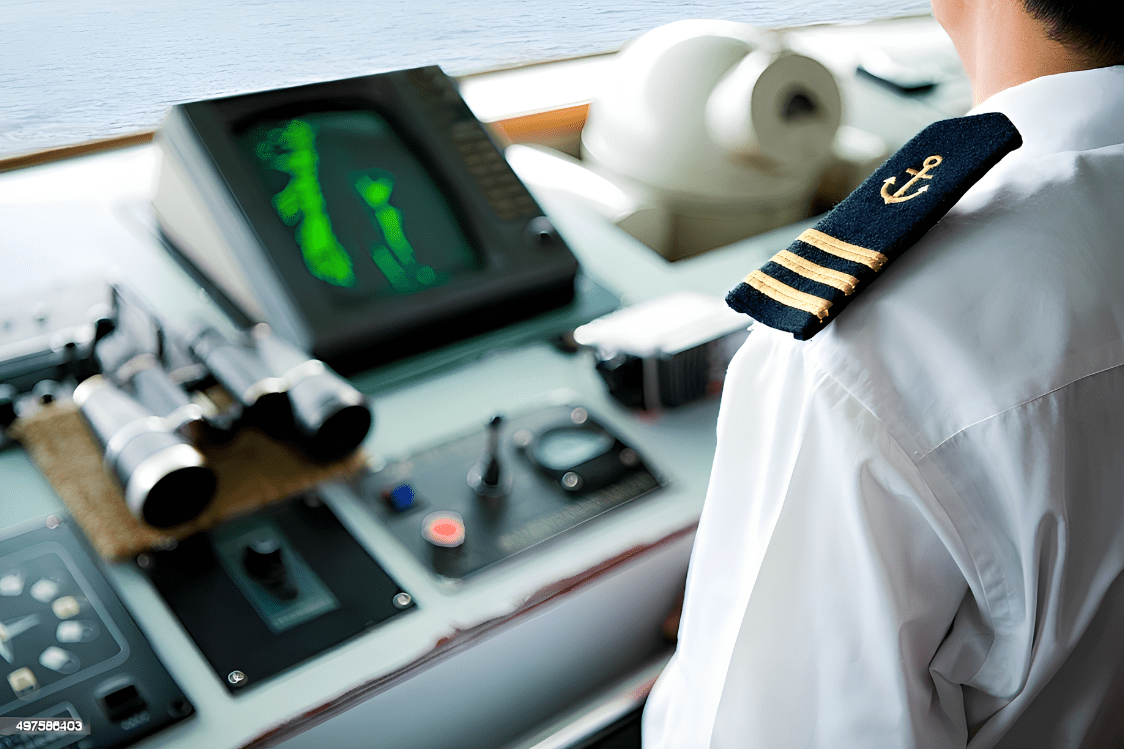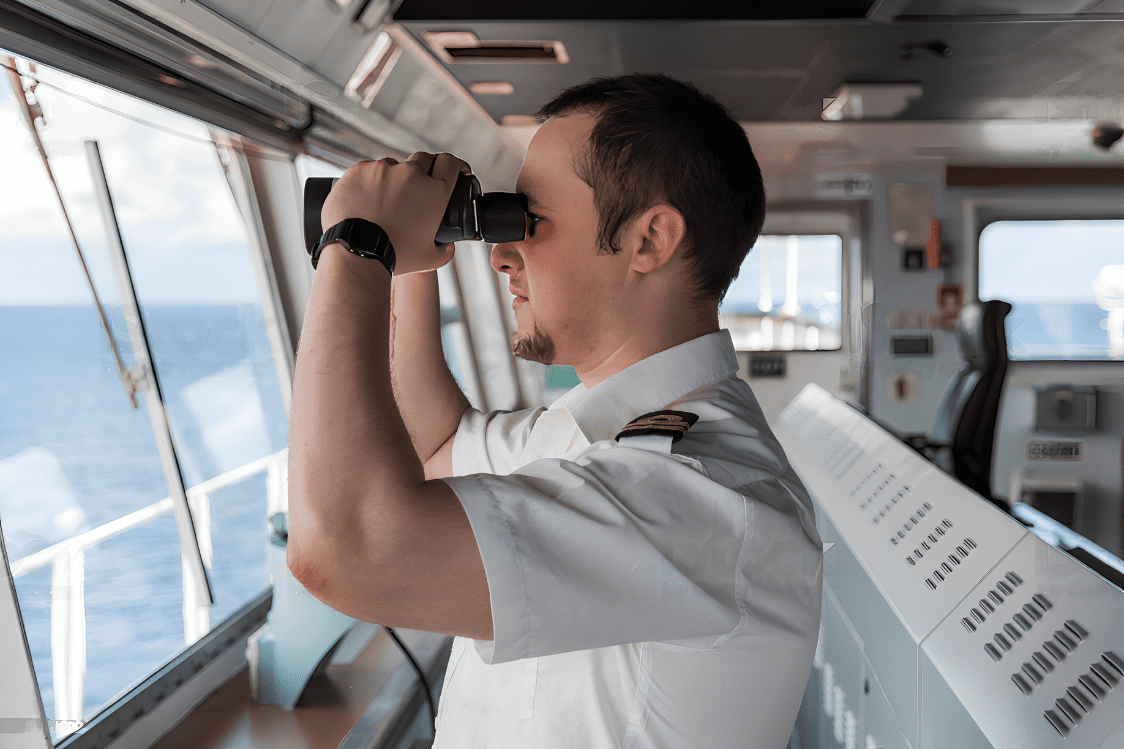Fundamentals of Ship Stability and Its Importance in Maritime Safety
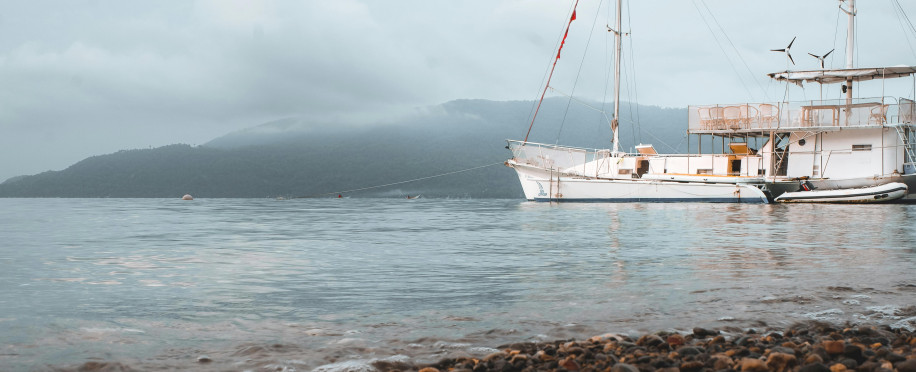
Posted on May 21, 2024 at 09:05 PM
Have you ever wondered how large vessels can remain standing even in the roughest seas? The answer is an essential nautical concept - ship stability. You don’t need to be a marine engineer to understand how stability works, as this concept is important to everyone in the maritime shipping sector.
Fear not! This article will untangle the complications of ship stability through an introduction and guide on how to create a stable ship.
What is Ship Stability?
Ship stability implies the ability of the ship to regain equilibrium after being heeled by external forces like winds and waves. These forces may act on the ship out or while in the water.
The architecture and design of stable ships are constantly developed to ensure a ship doesn't heel when faced with various dynamic or static forces that may tip it over.
Now, look at a ship as a floating object that must balance the weight and buoyant force to continue being afloat and levelheaded. These two forces operate through different points: the center of buoyancy and the center of gravity.
The main components of ship stability
Ship stability is the study of how a ship behaves in different situations based on various criteria:
-
Center of Gravity (G): This refers to the point where the accumulated weight of the ship is considered to be at the level of its center of gravity.
-
Center of Buoyancy (B): The position of the buoyant force (upthrust) that acts at the center of the submerged part of the vessel.
-
Metacenter (M): Used to estimate the point of hypothetical equilibrium the system needs to stay stable. It is the point where the buoyancy vector intersects the ship's centerline at an angle when the hull is tilted.
Metacentric Height (GM)
One of the main methods to measure the stability in ships is the metacentric height (GM). GM index is the numeral of the straight line that stretches between the position of the gravity (G) and the metacentric (Z).
A larger GM places additional confidence in the vessel’s stability as it is related to a larger righting moment to return the ship into equilibrium, so the ship stays upright and intact in harsh conditions.
Ship stability is calculated by this equation:
𝐺𝑀=𝐾𝑀−𝐾𝐺
Where:
-
KM is the sailboat's distance from the keel to the metacenter
-
KG is the distance between the keel and centre of gravity.
Why is ship stability important?
When a ship sails out to sea, there's no telling when critical accidents can happen. While there's no controlling weather, we can increase ships' stability and ensure the crew can survive moments of crisis.
Here are a few more reasons why ship stability is so important:
Safety of the Ship and Crew
The stability of the ship deals with the safety both of the vessel and the crew. A steady ship has a smaller chance of capsizing which ensures everyone's safety out at sea. Adequate ship stability remains crucial in the face of bad weather, stormy seas, and emergencies.
Cargo Safety
Shipping cargo safely is a top priority for commercial shipping. An unstable ship exhibits cargo movements, which then shift its center of gravity and may finally lead to capsizing. The hauling of the cargo should be properly regulated to avoid physical damage or losses.
Economic Implications
Stability of vessels also has economic implications. A ship that is stable can move its cargo without any accident and delay, thereby, allowing for timely delivery and preserving the quality of the loads. Without this guarantee, it becomes impossible to keep trading links and trade stability.
Environmental Considerations
Ships with unstable conditions would be faced with substantive environmental ramifications. Compromised stability is caused by heeling or any inclination of a vessel's body and can result in oil spills or the release of hazardous materials, with grave consequences for the environment.
Calculating and Verifying the Stability of Ships
Our maritime training center in Dubai holds courses that explain topics like these in their online sessions through real-life examples, however, here’s a summary of how to calculate ship stability:
Initial Stability
The first stability of a vessel requires it to be able to resist small amounts of inclination. It is measured using the metacentric height (GM). A GM value that is too high may lead to strong primary stability but at the same time might give rise to discomfort and jerking movements of the crew and the passengers On the other hand, a slower GM results in poorly initiated stability leading to the slow motion.
Dynamic Stability
Dynamic stability refers to the ability of the vessel to perform adequately in more complex conditions. It takes into account the amount of power needed to the roller and return the vessel to an upright position. When evaluating the dynamic stability of a vessel it is imperative to understand how the ship will respond in extreme conditions.
Stability Analysis Tools
Nowadays, the design and functioning of the new ships and maritime operations are backed with the support of advanced simulations and tools for ship stability. Such types of programs analyse the many aspects e.g. the distribution of load, the weather, and the hull shape.
Key Tools and Techniques for Understanding Ship Stability
In addition to maritime training courses, here are some cool tools you can use to understand ship stability:
-
Hydrostatic Curve: A diagram showing buoyancy force and center of buoyancy concerning changes in dynamics throughout the journey.
-
Stability Software: Programs that show and determine ship behaviour in different scenarios of operation.
-
Inclining Experiment: A physical test carried out to establish the centre of gravity of a ship and to check if the stability calculations are reflecting true measurements.
In conclusion, a solid understanding of ship stability is critical for ensuring maritime safety. It's not just about knowing the theory; it's about applying this knowledge to real-world situations and making informed decisions that prioritize safety. With the right training and understanding of the fundamentals of ship stability, we can contribute to a safer and more efficient maritime industry.
